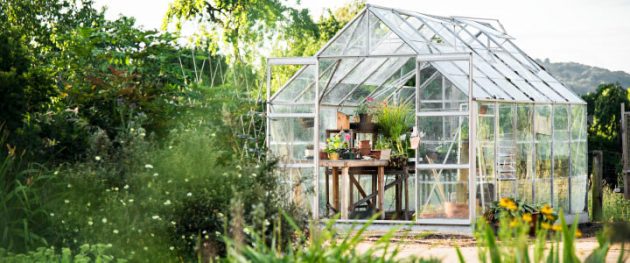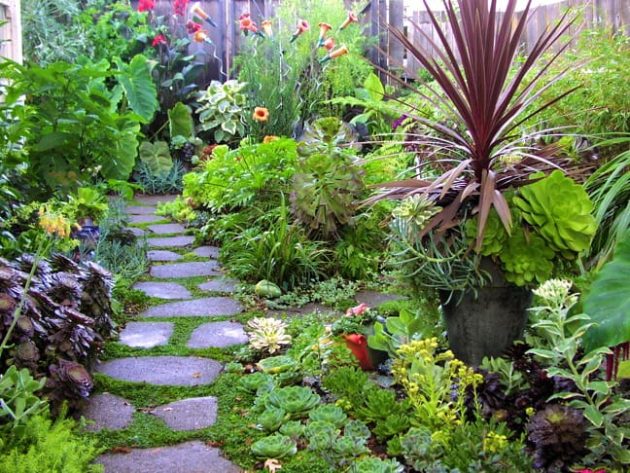Want to live an eco-friendly lifestyle? One significant step you can take is to start a garden in your backyard. Vibrant flora will not only liven up your property but can do wonders for your local ecosystem as well.
However, there are some mistakes that beginning gardeners make that can do more harm than good. Here are seven ways you can ensure your garden is as eco-friendly as it can be.

Opt for fabric pots
Plastic or clay pots can have several disadvantages for your garden and the environment.
Next time you’re looking for planters, consider a fabric option instead. For instance, fabric planters like the GeoPot are an excellent choice for beginning and advanced gardeners alike. These fabric pots have better drainage, promote air circulation, and, most importantly, are kind to the environment.
Grow native plants
The key to an eco-friendly garden is choosing native plants. Growing plants native to your region will yield more successful harvest results and provide pollen and nectar for your local wildlife, making your garden more eco-friendly overall.
Coexist with wildlife
While many see wildlife as a nuisance in their gardens, you shouldn’t eliminate it. Birds, butterflies, and wasps are just a few pollinators that can help your garden thrive. In addition, insectivores like frogs, bats, or spiders can also control pests.
If you would like to have these helpful animals in your garden, consider adding some bird feeders or frog ponds to your yard.
Compost your scraps
Nutrient-rich soil is essential for a healthy garden. Fertilizer is often expensive, though, so why not make your own?
When you turn your food scraps into garden compost, you’ll not only be helping your garden thrive, but you’ll cut down on waste as well.
Grow edible plants
Are you planning to eat more greens this year? Consider growing some edible plants in your garden.
Many of the fruits and vegetables you buy at grocery stores come from the other side of the country, and that transportation often produces greenhouse gasses. But when you opt for the plants grown in your backyard, you’ll save money and cut down on pollution.
Don’t over-mow your grass
There’s a good chance you’re mowing your lawn more than you need to. So this spring, try letting your grass grow a little bit longer than you usually do.
Allowing your grass to grow can make your property more appealing to pollinators or pest-eating wildlife. You’ll also end up using far less gasoline, thus reducing your carbon footprint.
Conserve water
Plants require plenty of water to thrive, so to ensure a genuinely eco-friendly garden, make sure you conserve water when possible.
Using mulch and compost can help your soil retain moisture, meaning you won’t have to manually water your garden quite as often.
Wrapping up
Starting a garden is one of the best ways to help your local ecosystem. When you keep these eco-friendly tips in mind, you can expect a more successful outcome. More importantly, you’ll feel a sense of pride that you’re doing your part to help the environment.















